
Moon jellyfish
The moon jelly is the most common jellyfish in UK seas, often washing up on our beaches. No need to worry though - it doesn't sting humans.

The moon jelly is the most common jellyfish in UK seas, often washing up on our beaches. No need to worry though - it doesn't sting humans.
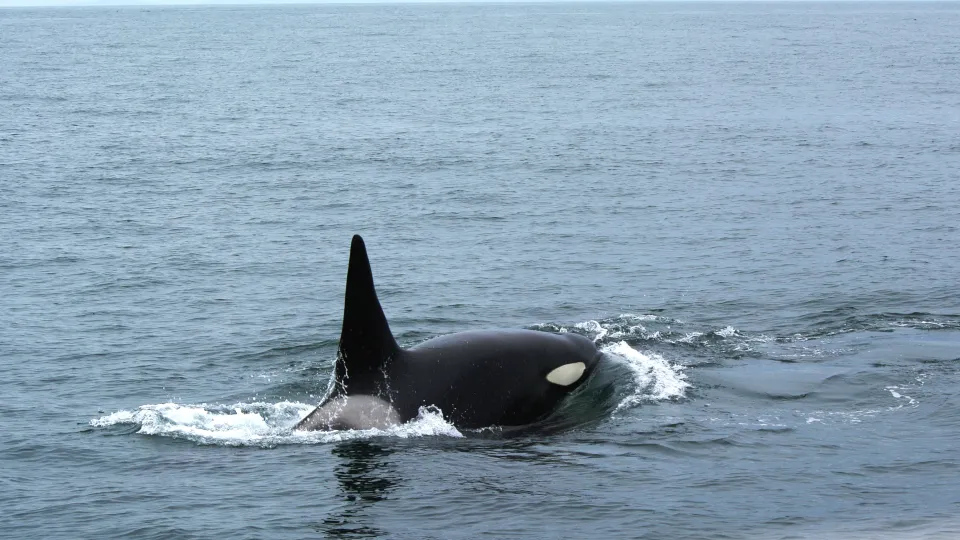
Orca, sometimes known as ‘killer whales’, are unmistakable with their black and white markings. Although we do have a small group of orca who live in British waters, you would be lucky to see them!
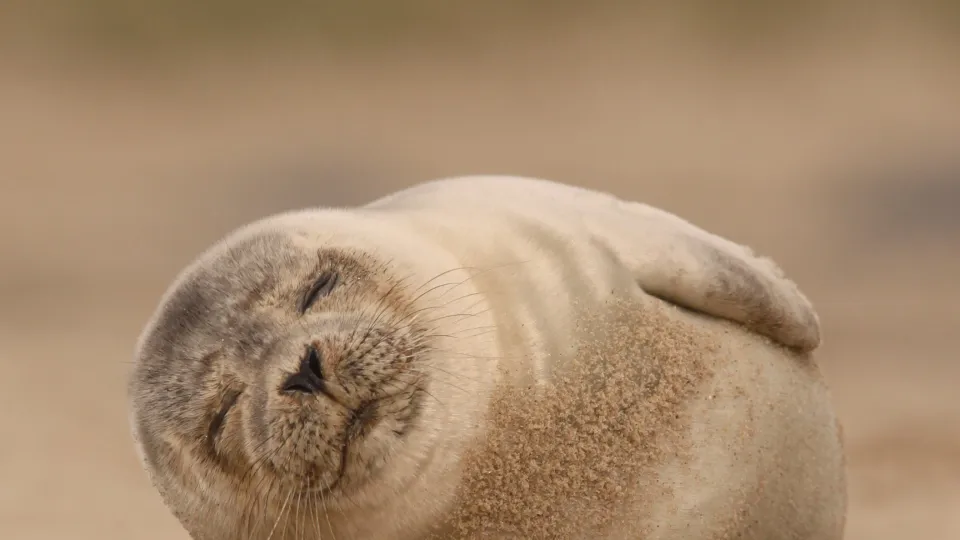
The smaller of our two UK seal species, common seals are also known as harbour seals. Despite being called "Common", they are actually less common than grey seals!
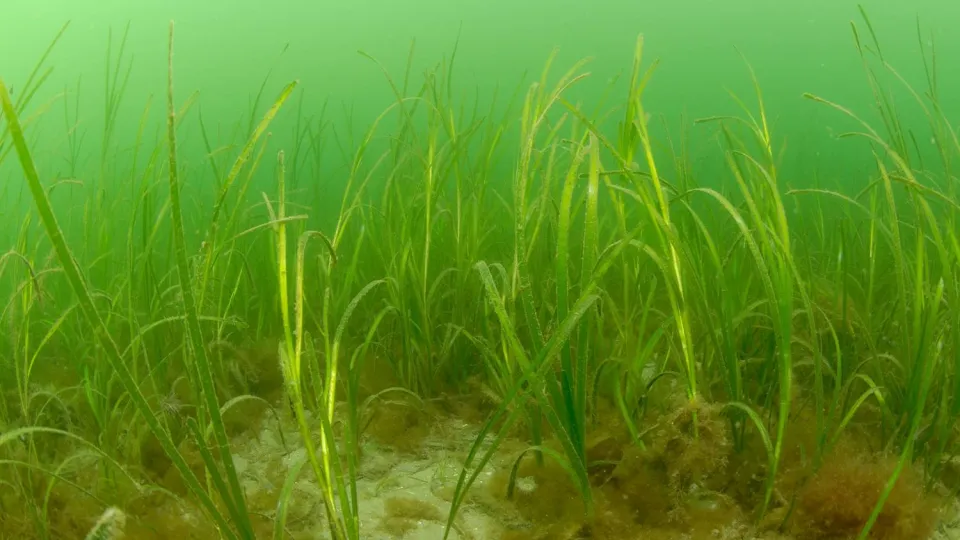
Meadows of seagrass spread across the seabed, their dense green leaves sheltering a wealth of wildlife including our two native species of seahorse.
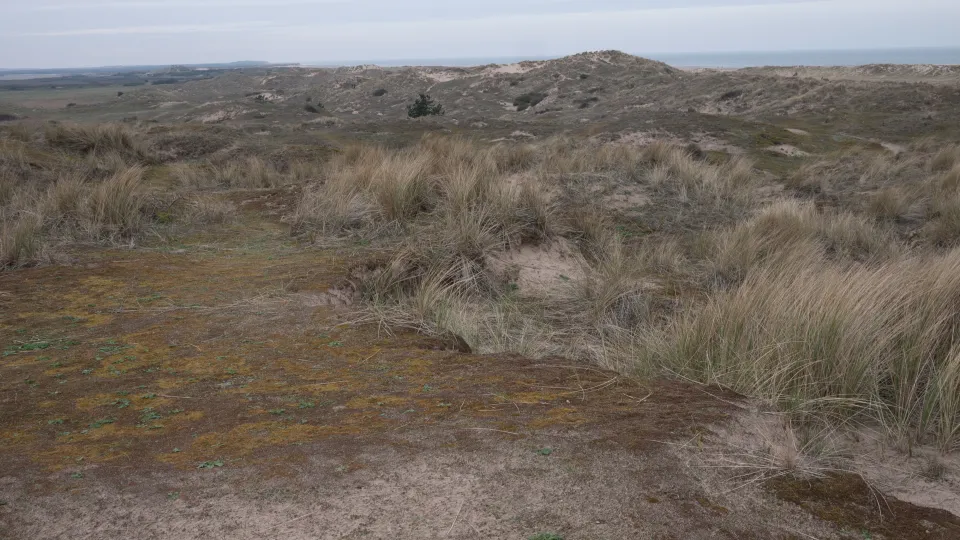
Sand dunes are places of constant change and movement. Wander through them on warm summer days for orchids, bees and other wildlife, or experience the forces of nature behind their creation – the raw power of a winter storm.
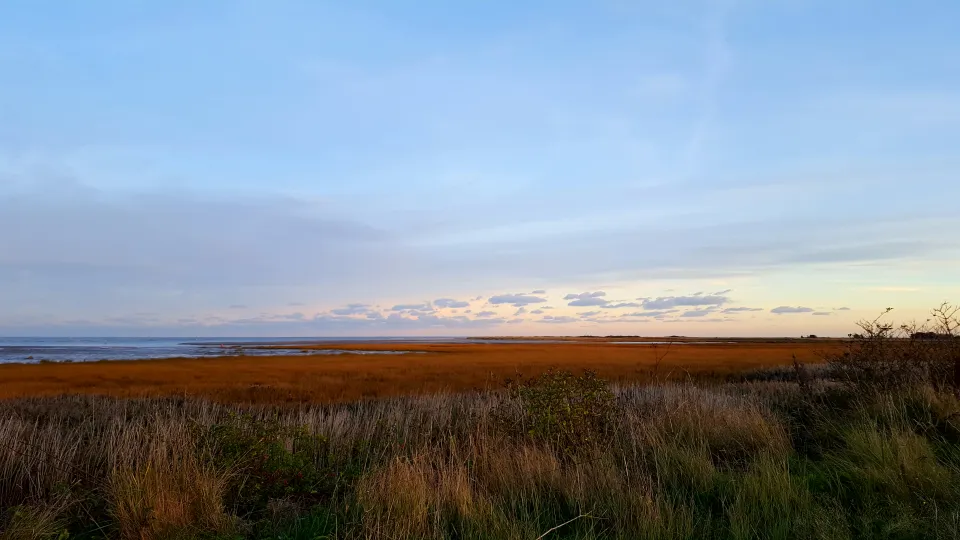
Conservationists ask National Grid to examine alternative route for cable linking Suffolk and Kent due to fears that decisions are based on the cheapest cost rather than minimising cost to wildlife at “internationally important” National Nature Reserve.

Rob Smith heads to Brightlingsea to meet Matt Uttley of the Blue Marine Foundation to talk about his work restoring native oysters in Essex with the Essex Native Oyster Restoration Initiative (ENORI).
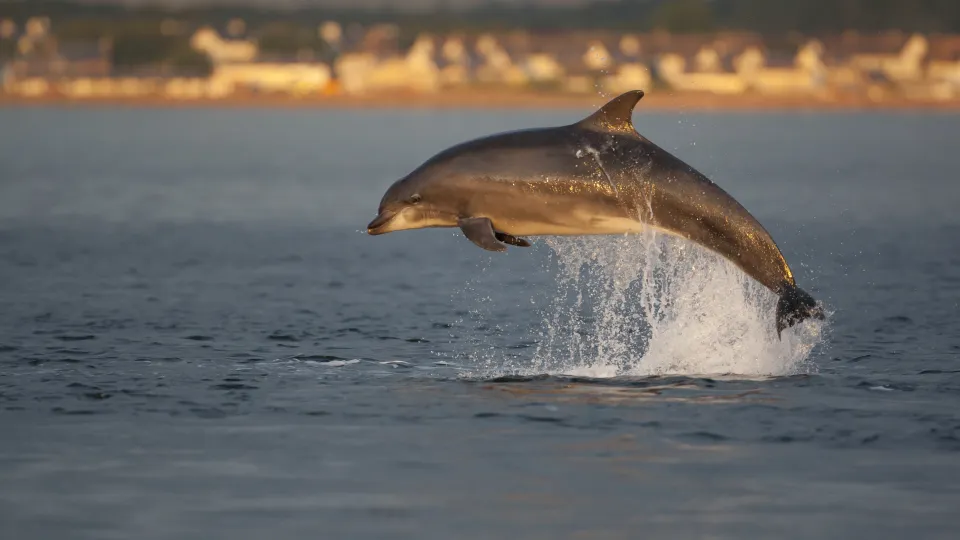
Nina Jones, Protected Area Warden at Kent Wildlife Trust reacts to the governments long awaited report on Protecting Marine Mammals in the UK and Abroad.
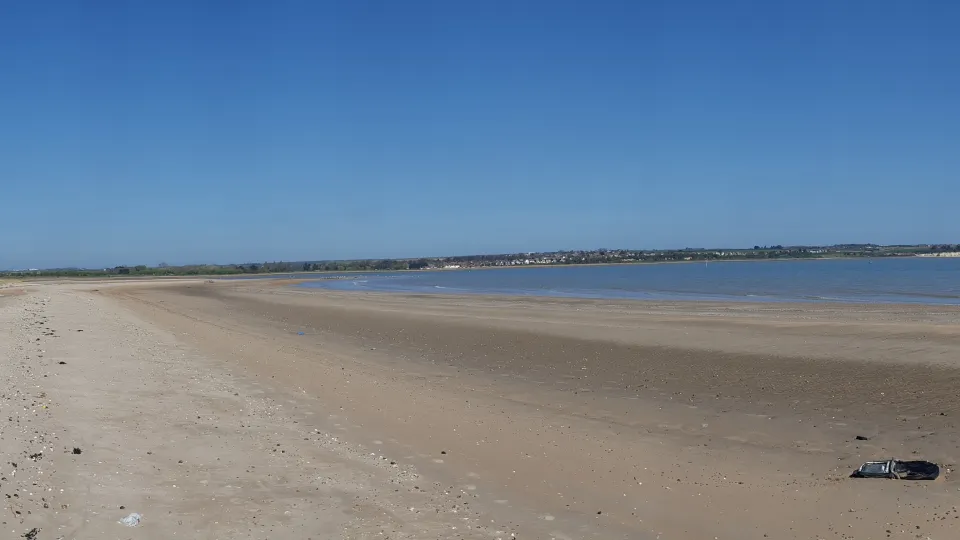
Today, the Copernicus climate modelling service has reported an all time high in the global average daily sea surface temperatures. Kathryn Brown, Director of Climate Change and Evidence, explains why this is reason for great concern.
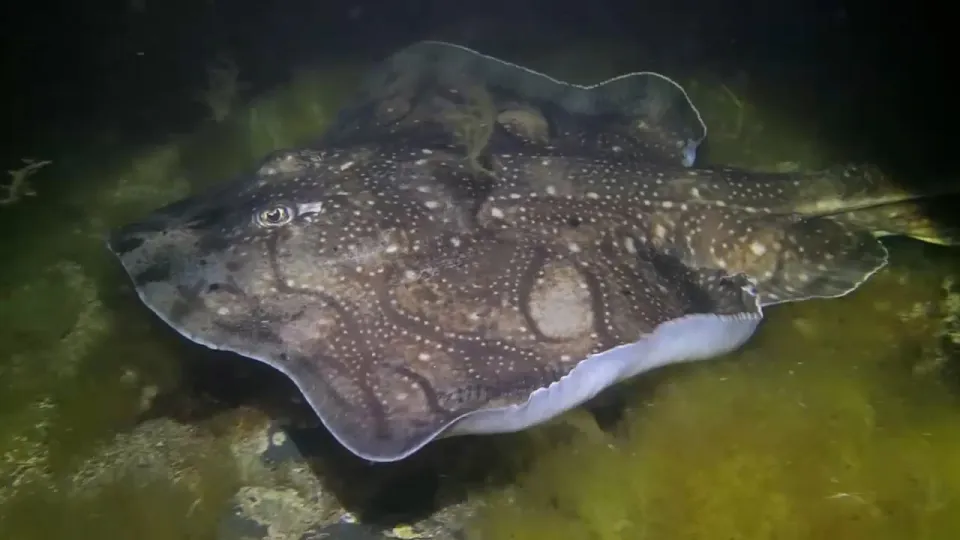
It's not all about Kent. To celebrate this National Marine Week, we take a look at some of the many marine species all over the UK that surprise and delight us.